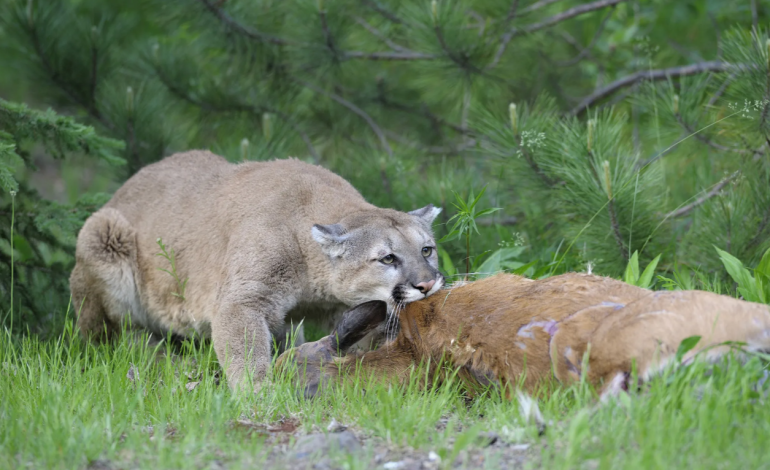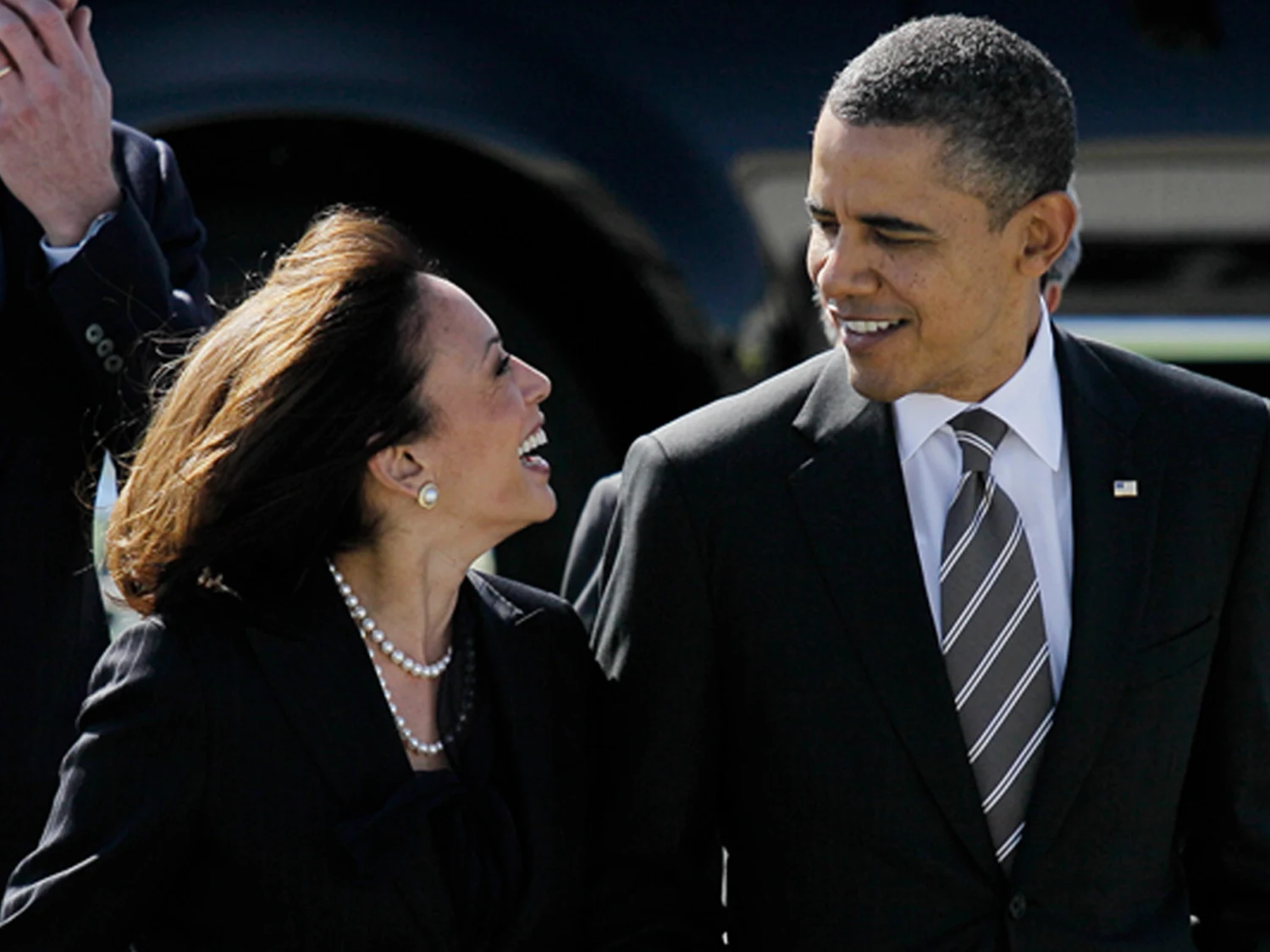Wyoming Lawmakers Considered Removing Mountain Lion Hunting Limits—But Hunters Pushed Back

Wyoming lawmakers recently proposed a bill that would have removed nearly all restrictions on mountain lion hunting, aiming to boost struggling mule deer populations, OutdoorLife reports.
However, opposition from local houndsmen, guides, and wildlife advocates led to the bill’s defeat, highlighting a broader debate over predator management and the role of state wildlife agencies.
Sponsored by Rep. Mike Schmid (R-Southwest Wyoming), the bill sought to remove quotas, seasons, and tag requirements for hunting mountain lions. The proposal would have allowed unlimited hunting, including nighttime spotlighting and the use of snares. Schmid argued that controlling predator numbers could help declining mule deer populations without restricting factors like habitat loss or energy development.
However, opponents of the bill, including mountain lion hunters and outfitters, saw it as an extreme measure. Luke Worthington, president of the Wyoming Houndsmen Association, called it an “eradication bill” and warned that it ignored the North American Model of Wildlife Conservation, which promotes science-based species management.
Unlike many predator-related bills that typically face pushback from conservation groups, this proposal was largely opposed by hunters themselves. Wyoming houndsmen, outfitters, and guides testified against the measure, arguing that mountain lions should continue to be managed by the Wyoming Game and Fish Department, not legislators.
“Wildlife management is better left in the hands of wildlife managers,” said Lee Livingston, president of the Wyoming Outfitters and Guides Association.
Some critics also pointed to other areas in Wyoming where lion hunting restrictions were already loosened but failed to produce meaningful increases in mule deer populations. For example, one area in the Bighorn Mountains went to unlimited lion hunting in 2010, yet mule deer numbers remained stagnant.
Wyoming’s proposal followed similar legislative efforts in Utah and Montana, where lawmakers have taken predator management decisions away from wildlife agencies:
- Utah: The legislature removed permit requirements for mountain lion hunting, allowing anyone with a valid hunting license to kill lions year-round. This led to a record-high harvest of 753 lions in one year.
- Montana: Lawmakers are considering a bill to allow unlimited wolf hunting, including baiting, night vision scopes, and artificial lights when populations exceed a certain threshold.
- Texas: In contrast, Texas recently added some protections for mountain lions, including requiring trappers to check their snares every 36 hours and banning canned hunts.
Some wildlife experts worry that political involvement in predator management could set a precedent for future legislative decisions on species like grizzly bears and wolves.
After testimony from hunting groups, wildlife experts, and game wardens, the bill failed to pass in early February. However, Worthington and others believe similar efforts will arise again.
“It’s a war on lions,” Worthington said. “No one can figure out how to manage deer, so they’re blaming large carnivores.”







